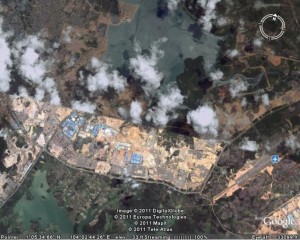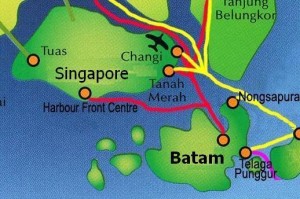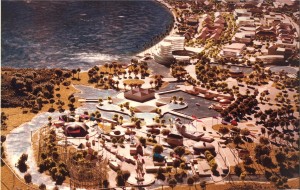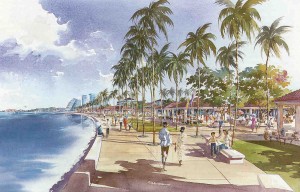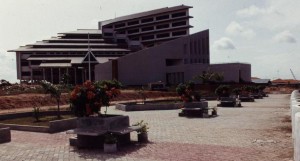Infrastructure needs maintenance; there’s no escaping it. Storm-water drains get clogged with trash and debris; they must be cleaned out. Steel bridges must be repainted from time to time to keep corrosion at bay. If the joints and cracks in pavement are not kept sealed, water seeps into the soils underneath the slab and erodes the road’s load-carrying capacity. Water purification filters must periodically be cleaned to keep doing their job. Burned-out lights must be replaced. When a meter breaks, a guardrail is destroyed, or a pipe cracks, it must be fixed, patched, or replaced. Failure to perform needed maintenance diminishes infrastructure’s performance or reduces its service life or both.
While maintenance is important—indeed crucial—it is often neglected. Day-to-day maintenance activities have not the scale and scope to attract and hold people’s attention the way new construction does. Politicians do not get to cut ribbons and shake hands when maintenance is successfully completed. When budgets are tight or workloads are heavy, it too often seems easy to put off maintenance without immediately serious consequences. It is often easier for infrastructure managers to find resources for repairs and replacements than for normal maintenance and preservation efforts. This problem of maintenance is ubiquitous and seemingly unavoidable.
We should know better. We have those old sayings: “A stitch in time saves nine.â€Â “For want of a nail†to shoe the king’s horse, the war and kingdom are lost. Deferring and neglecting maintenance increase the rate of wear and tear on infrastructures, increase the chances of an early breakdown. The costs of premature repairs and replacements exceed what it would have cost to do the maintenance. Infrastructure professionals speak of the “life cycle cost†of infrastructure, the total of all spending required to build and operate facilities to provide the services we want for an expected number of years; neglecting maintenance almost inevitably is more costly. “Pay me now or pay me later.â€
Knowing that our tendency is toward neglect, we try to design and construct facilities that need as little maintenance as possible. It may be argued that this strategy increases life-cycle costs, for example when labor is abundant or capital is scarce, but human nature makes it a wise one. This then is the first step toward sustainable infrastructure: it should not require much care.
While maintenance requirements may be minimized, it is unlikely they can be altogether eliminated for most infrastructures. The second step toward sustainability is to ensure that required maintenance is carried out. This is a matter of social and institutional relationships. Roman roads and aqueducts were kept up through military supervision under strong central government control. A monastic clergy served the function very well for the Roman Catholic Church’s network of European cathedrals and shrines during the Middle Ages and Renaissance. The Balinese water temples have successfully maintained the structures and operating rules safeguarding rice production on the Indonesian island. The demands many universities make of major donors, that anyone wishing to support construction of a new building must also be willing to donate funds to endow maintenance of that building and its grounds is a modern adaptation of such practices.
But even with proper maintenance, infrastructures age and components wear with usage. Earthquakes, storms, and evolving patterns of use, while possibly anticipated in general, may cause unpredictable specific damage at unpredicted times. The third step toward truly sustainable infrastructure then is this: it must be possible to fix it quickly and with relative ease when it fails. The designers of San Francisco’s Bay Area Rapid Transit, for example, recognizing the risk that seismic activity might shift the soil and rock through which tunnels were built, arranged for excavation of larger chambers where a tunnel crossed a fault line, to allow tacks to be quickly realigned following an earthquake.Â
In short, sustainable civilization requires the support of sustainable infrastructure. Sustainable infrastructure (1) needs little care, (2) is well cared for, and (3) is fixable.

